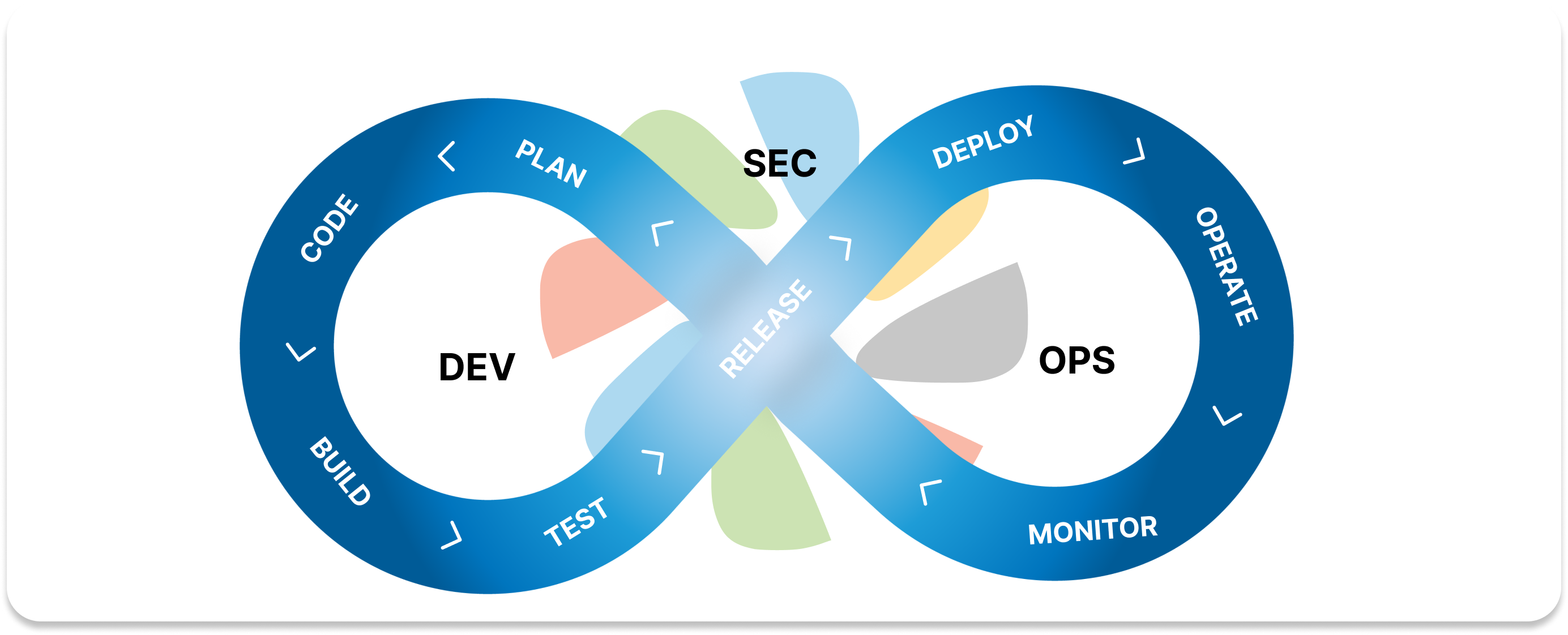
An application that an organization chooses for managing customer data majorly depends on the industry that they are in. Typically, organizations in the banking or telecom industry choose to develop the applications in-house or may have been taken over from supplier preferences that were decades old. The world evolves in this gap but some organizations still choose to rely and build on top of their age-old systems making it more complex to match the pace at which the world is moving. However, some forward thinking organizations have increasingly outsourced the running and day-to-day management of applications to cloud service providers.
Benefits of using SaaS applications:
There are various benefits of using SaaS applications where the cloud provider manages the data security, and maintaining compliance with multiple, international frameworks. The SaaS application providers when they host their applications on cloud, enables them to continuously improve, innovate, and update their application while maintaining compatibility within the infrastructure. They are also able to incrementally roll out new UI changes to give a better user experience. The end customers benefit from being able to easily scale capacity to meet demand while receiving an optimized level of performance, reliability, and availability.
Cloud customers benefit from using applications that have security from inception and design of new functionality, all the way through to monitoring for security issues in the live test, pre-production, and production environments.
SaaS provides continuous security management, including 24×7 incident management and response. A business continuity management and disaster recovery plan are incorporated in the SaaS provider solutions as this is expected in many customer-facing functions where services must be readily available, 24 x 7 x 365 and a downtime is not affordable.
A SaaS service provider implements advanced-automation based on the number of customers, multiplied by the complexity of the SaaS application lifecycle. Customers benefit from this security-automation, even though it deploys abstractly as a native SaaS service. SaaS Security continually scans and monitors run-time environments for potential risks. It drives a remediation program when vulnerabilities are detected and where necessary, responds to indicators of compromise.
With a SaaS approach, customers benefit from extensive auditing against many international certification frameworks and adhere to the compliance list.
SaaS has major advantages from a security perspective because much of the responsibilities are performed by the SaaS provider, enabling organizations to concentrate on maximizing the business value of their SaaS applications. Organizations are rapidly switching to SaaS, as they can outsource the operations and the continuous upgrade of applications to the applications provider. They need not be concerned with replacing aging networking, computing and storage equipment, nor worry about deploying updates to the applications when either new functionality becomes available or patches are released.

